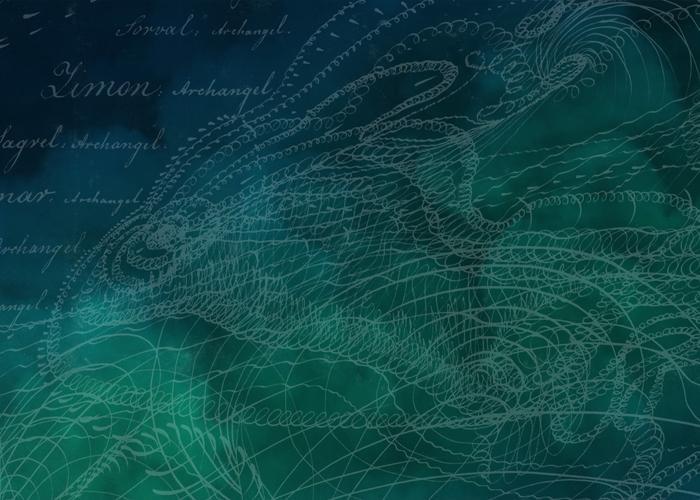Psychometry – also known as object reading or psychoscopy – is the ability sense the history of an object through touch. It is a form of extrasensory perception that taps into an object's energetic signature in order to read its historical context. A practitioner of psychometry is called a psychometer. According to psychometers, all things give off an emanation – a similar concept to aminism – and so everything has its own historical energy record. Psychometers access that history once they are in physical proximity to the object. They can read energy through touch.
What does a psychometer do?
Psychometry is a form of scrying. We can scry using a crystal ball, black glass obsidian and even with water. In psychometry, information is accessed through interacting with an object; tracing the fingers over jewellery, photographs and other sentimental keepsakes. The more meaningful a particular object is to someone, the more effective the psychometry reading will be. Cherished keepsakes are believed to hold more records and energetic imprints. They can be used to gain information about passed loved ones, providing clarity for grieving or concerned relatives.
From the Greek psyche meaning 'soul' and metron meaning 'measure', the word psychometry was coined by American professor of physiology Joseph Rodes Buchanan in 1842. Buchanan was one of the first people to experiment with psychometry. In his Journal of Man (1887), Buchanan theorised that all objects have souls and retain memories. Buchanan believed that this psychism would challenge and revolutionise the way we looked at science at the time. And indeed it did, with geologist William F Denton and German doctor and psychical researcher Gustav Pagenstecher taking Buchanan's research further. The parapsychological institute of the Rijksuniversiteit te Utrecht in the Netherlands was one of the first to perform experiments using psychometry in finding lost persons or things and in solving crimes.
Psychometry at the College
One of the most famous British psychometers was psychic medium Douglas Johnson (1909-1988). His gifts for reading energy were apparent from a very young age, and he had become a well-known trance medium by the time he turned 20. Johnson had a close relationship with The College of Psychic Studies, and often did sittings with us. Our archive contains a collection of his private papers, photographs and diaries. The College continues to offer training in the art of psychometry.
Psychometry can achieve extraordinary accuracy. It can provide insight into the past or future of an object. Holding an object in the hands or raising it to the forehead are common ways in which a psychometer reads the energy of an object. This information is interpreted through the senses: images, sounds, smells, tastes and emotions. Emotions in particular are felt to be most strongly recorded in an object.
Psychometry can also work effectively with photographs of people, locations, animals, etc. when trying to find someone or an animal that is missing. It can also work with photographs of a piece of land, allowing human remains to be located, and can help reveal more information about the background and history of the location (e.g. what happened there in the past). These methods are also often used when working with law enforcement agencies around the world.
Join our newsletter to receive updates on our upcoming psychometry classes.





